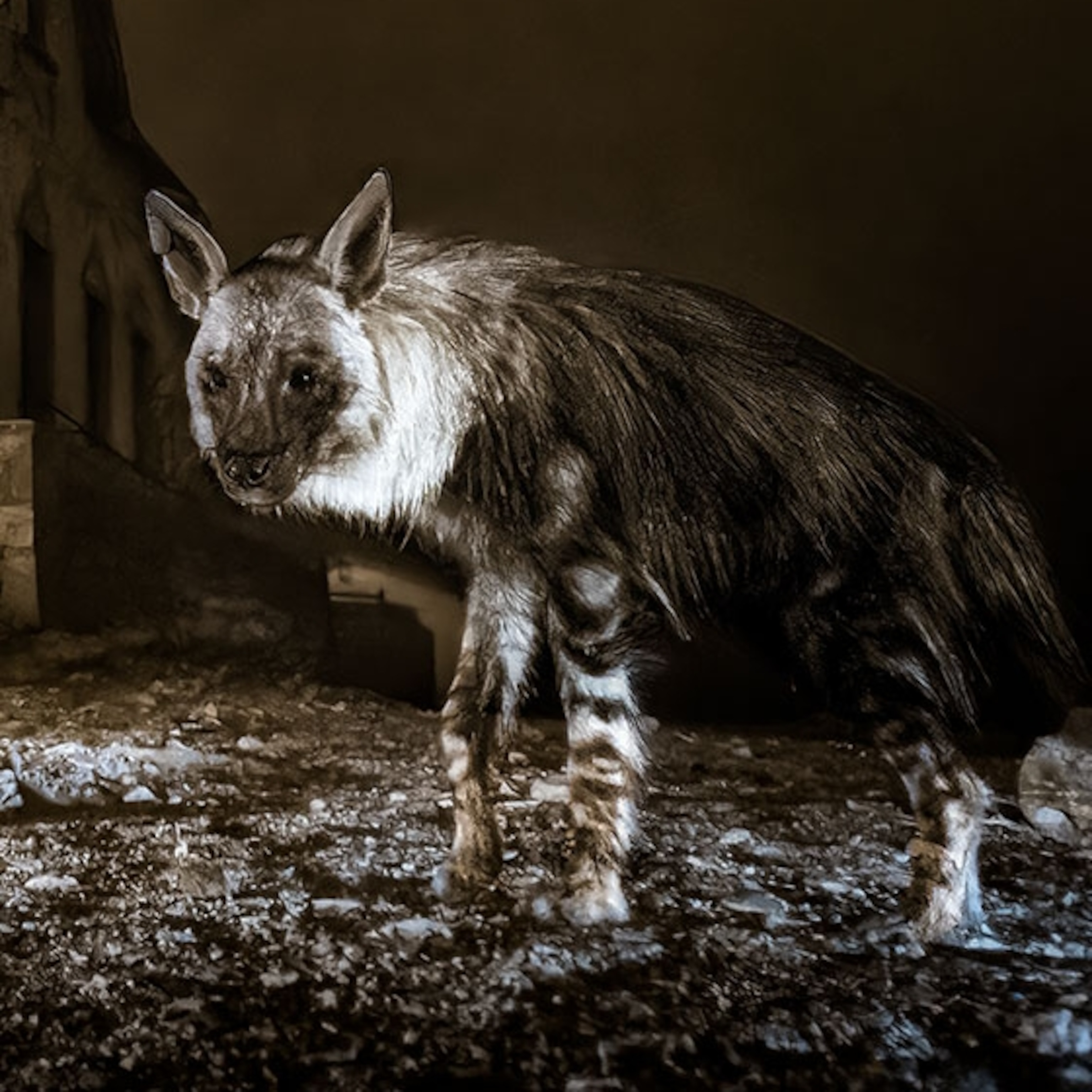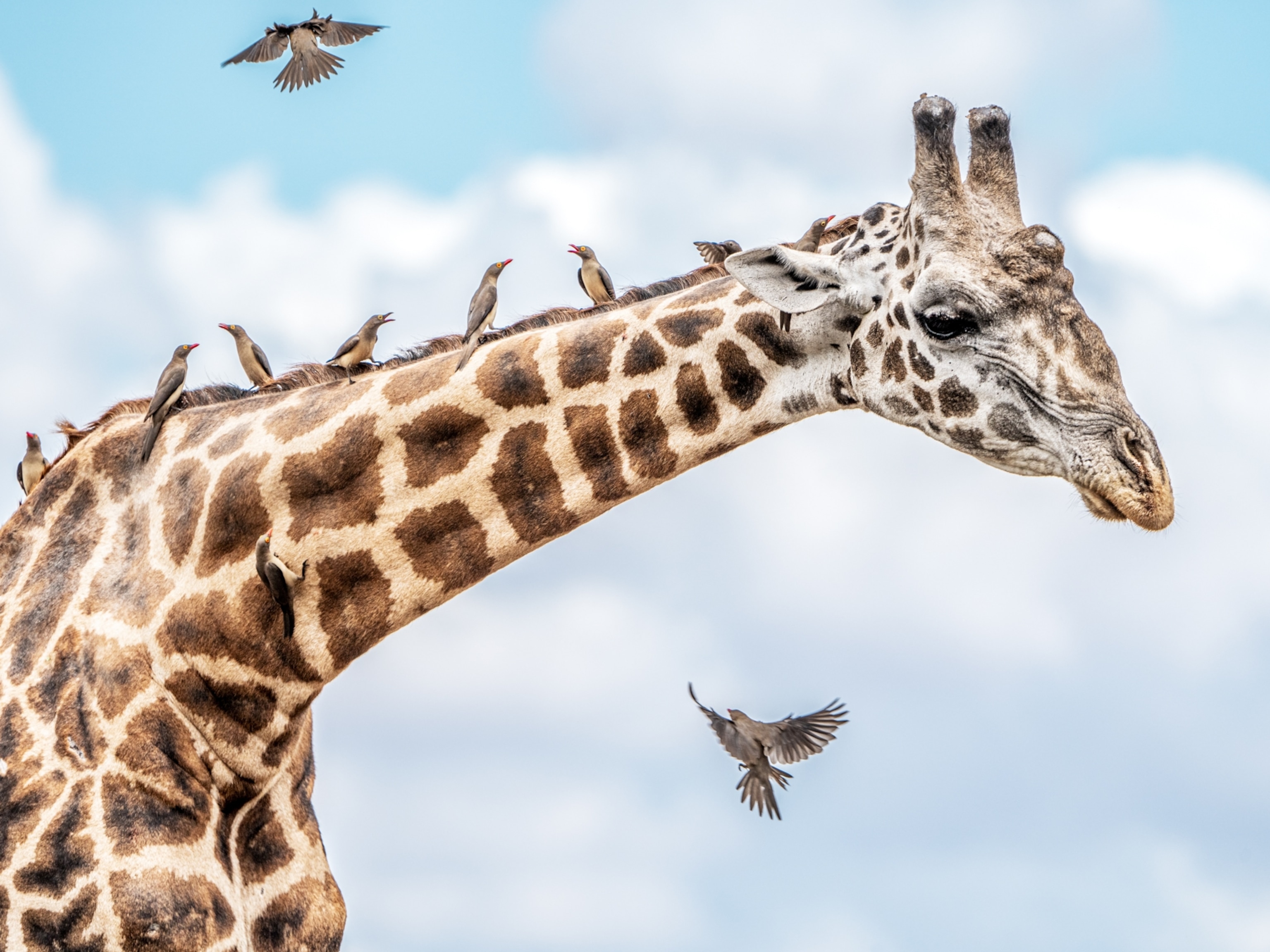'Serengeti Selfies' Reveal Intimate Animal Moments
Camera traps show a different side of African wildlife.
Biologist Craig Packer has headed the Serengeti Lion Project since 1978. The director of the Lion Research Center and Distinguished McKnight University Professor at the University of Minnesota has spent countless hours on the Serengeti plains, studying lion ecology, genetics, health, and other factors. (Hear some of Packer’s expert commentary in the interactive Serengeti Lion experience and read more in “The Short Happy Life of a Serengeti Lion.”)
Packer spoke to National Geographic on the phone from Zanzibar, where a Muslim call to prayer could be heard in the background. “I was always puzzled as to how lions fit into the broader context of the Serengeti,” Packer said.
“They have the reputation as the king of the beasts, but what does that really mean?” he asked.
Packer pointed out that the Serengeti is known for tremendous wildlife diversity, which includes a dozen species of antelope, several major predators (lions, cheetahs, and leopards), and a host of other animals large and small. Packer has long tracked lions with radio collars, but he said it would be impossible to try to track so many other species effectively at the same time, especially when it comes to animals that live in vast herds.
“So we came up with the idea for lots of camera traps,” he said. Packer and colleagues set out 225 camera traps over an area of Serengeti that was 1,000 square kilometers (390 square miles).
“We thought we’d keep them running day and night for years and years, so eventually we would see enough animals walking by that we would get a picture in space and time of what’s happening,” said Packer. He hoped to be able to track migrations, see rare species, and better understand how animals interact–especially around lions–when “no one is looking.”
The problem with direct observation is that the very presence of a human being tends to put many wild animals on edge, said Packer, so they don’t act as naturally as they do around a camera trap, which they largely ignore.
With literally millions of “candid” camera trap photos streaming in, Packer and team have learned some surprising things about Serengeti life. For example, he said he discovered where oxpicker birds go at night. Those birds spend their days picking parasites off large mammals like giraffes, buffalo, hippos, rhinos, and so on. “But when it gets dark, where do they go?” Packer asked.
The team found that many of them snuggle up under the belly of giraffes, where it is warm and where predators are unlikely to tread.
The traps also revealed behaviors of nocturnal animals that are rarely seen, such as the time a pair of bat-eared foxes chased off an aardwolf. Both animals eat termites and ants, Packer noted, so they may have been competing for a meal.
Another thing that surprised Packer was the fact that cheetahs and leopards seemed to get by OK even in close proximity to lion prides. ” Lions would kill them if they can catch them,” he said.
Packer noted that cheetahs tend to stay in the most open territory, where they run down their prey. Leopards tend to hunt along rivers and in dense vegetation. “They seem to have the same preferences as lions, and we don’t really know how they manage it,” said Packer.
Crowd-Sourcing Camera Trap IDs
When it comes to prey animals like gazelles and wildebeasts, Packer said his team would like to better understand how they coexist with lions. But since the camera traps were capturing literally millions of images of these abundant animals, sorting through the data was difficult. In response, the team launched Snapshot Serengeti in December, a website that invites anyone to help identify animals captured in the photos.
According to Packer, tens of thousands of volunteers from all over the world have logged onto the site. Each new user goes through a training process so they learn how to identify the animals of the Serengeti. Each photo is then shown to multiple users.
If the first 10 people identify the animal as the same species, the computer considers that a positive match. If there is any disagreement among the users, the photo is shown to 20 more people. The computer records the consensus view of those users, and then that result is reviewed by one of the experts on the team.
The consensus view matches an expert’s identification better than 96 percent of the time, said Packer. He added that the program does not have a button for “I don’t know,” so it forces people to guess if they’re not sure. “It turns out that people’s guesses are not that bad,” he said.
Snapshot Serengeti was launched on the platform of a larger program called Zooniverse, a citizen-science effort that has asked people to help classify galaxies and other natural phenomena. The snapshot project was first supported by the National Science Foundation (and National Geographic), but that funding is running out, and Packer is looking for additional funds. (Update: Snapshot Serengeti has just received additional funding from National Geographic’s Expeditions Council.)
The public is asked to contribute directly to Save Snapshot Serengeti on the crowd-funding website indiegogo (www.igg.me/at/Serengeti). Unlike with Kickstarter, the group gets to keep every dollar pledged (minus a handling fee of 4.5 percent), even if the stated goal isn’t reached. The project’s goal is $33,000, and people have chipped in more than $26,000 to date. The campaign expires at midnight this Friday.








